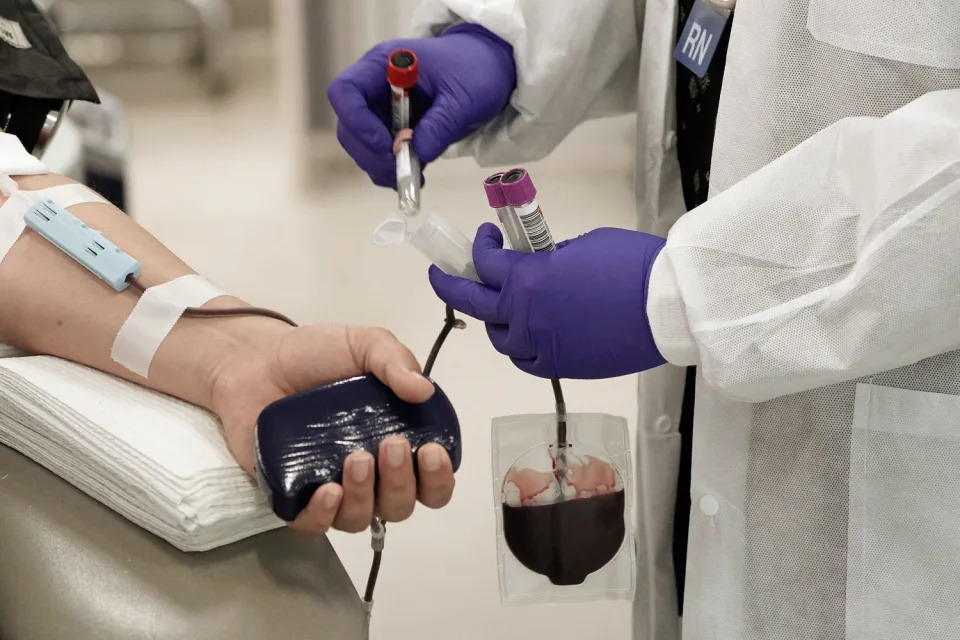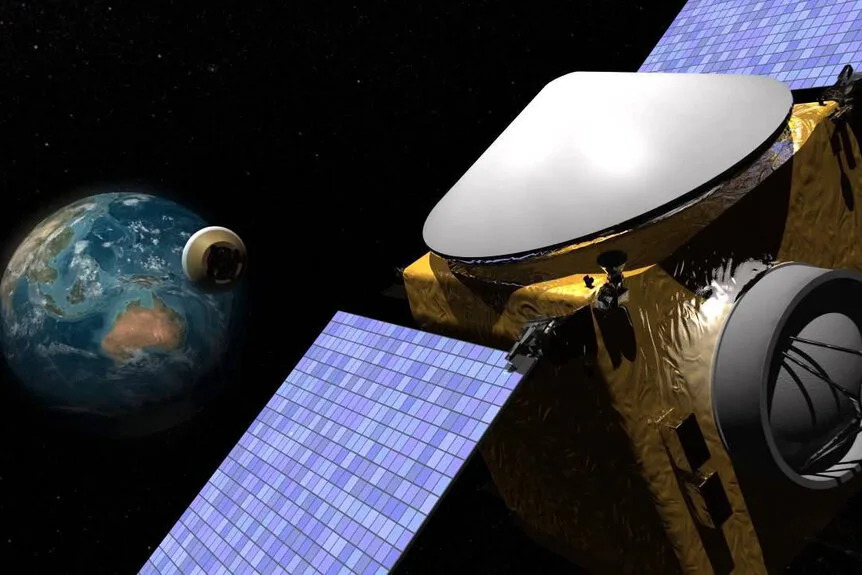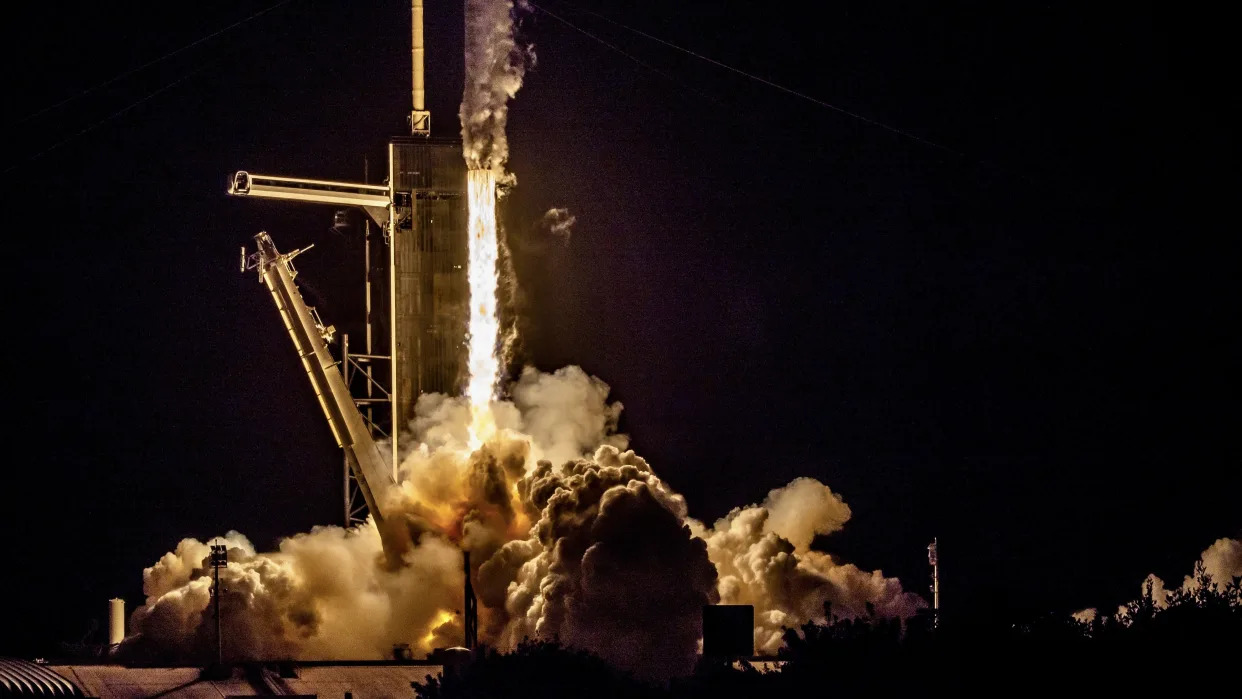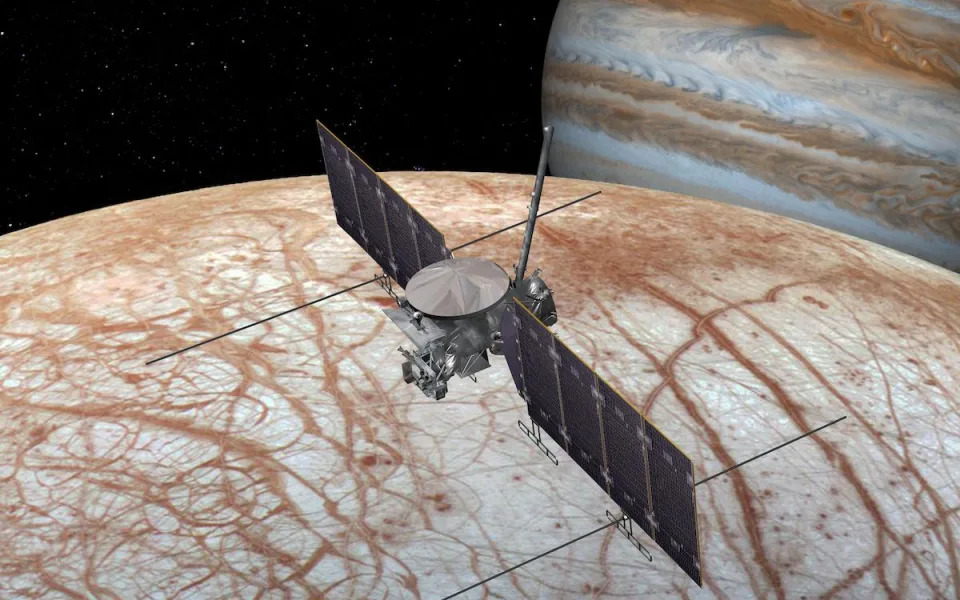Priscilla Alvarez and Michael Williams, CNN
Thu, December 28, 2023

A new law that gives local law enforcement in Texas the authority to arrest migrants “violates the US Constitution,” the Department of Justice said in a letter to Gov. Greg Abbott on Thursday, threatening to sue unless Abbott backs down from enforcing it.
The letter, obtained by CNN, marks the latest escalation between President Joe Biden and Abbott over the handling of the US-Mexico border.
Earlier this month, Abbott, a Republican, signed into law the measure, known as Senate Bill 4, which gives local law enforcement the power to arrest migrants and gives judges the ability to issue orders to remove people from the United States. The White House slammed the law, calling it “incredibly extreme.” It’s expected to take effect in March.
Principal deputy assistant attorney general Brian Boynton said in his letter to Abbott Thursday that “the United States intends to file suit to enjoin the enforcement of SB 4 unless Texas agrees to refrain from enforcing the law.”
While the federal government is “committed to … securing the border,” Boynton wrote, the Texas law is “contrary to these goals.”
Abbott slammed the Justice Department’s letter later Thursday and accused President Joe Biden of “destroying America.”
“The Biden Admin. not only refuses to enforce current U.S. immigration laws, they now want to stop Texas from enforcing laws against illegal immigration,” Abbott said in a post on X. “I’ve never seen such hostility to the rule of law in America.”
The ongoing surge of migrants at the US-Mexico border has placed immense pressure on local and federal resources. Thursday’s legal threat follows a DOJ lawsuit against Texas earlier this year over the state’s use of floating barriers in the Rio Grande. That lawsuit is still making its way through the courts.
The enforcement of immigration law is a federal responsibility, and opponents of the Texas measure argue it’s unconstitutional.
The law has sent ripples of fear throughout the Latino community in Texas, which makes up 40% of the state’s population. Civil-rights groups, including the American Civil Liberties Union, filed a lawsuit seeking to block the measure.
The Justice Department’s threat to sue comes on the heels of a high-levels talks between senior US and Mexican officials this week
Officials from both countries described talks as productive, and Mexican officials are expected to visit Washington next month to continue the discussions.
This story has been updated with additional information.
CNN’s Kaanita Iyer contributed to this report.
For more CNN news and newsletters create an account at CNN.com


















































